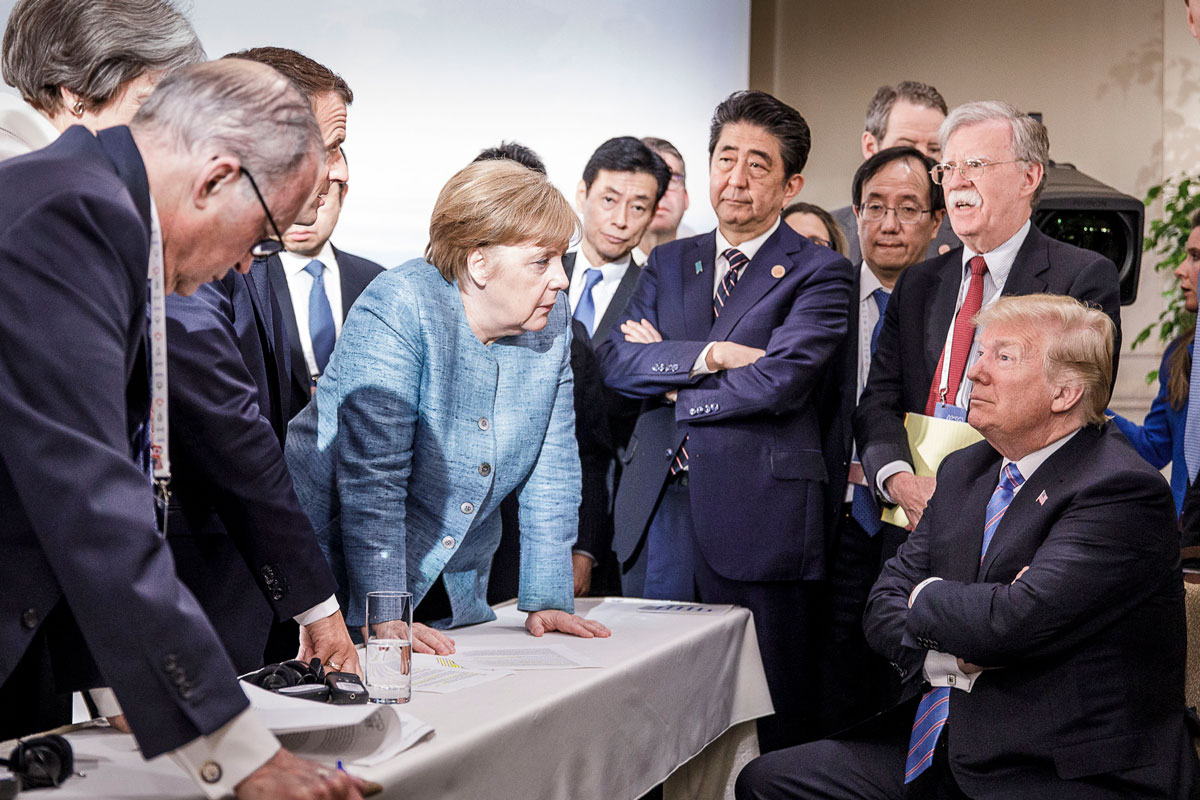It is no secret that most people are not in love with meetings.
For good reasons: without the right process and tools, a meeting can be downright painful, which ultimately costs the organisation. In 2019, the cost of ineffective meetings was US$399 billion just in the US.
The pain is especially so in today’s world of back-to-back meetings behind a screen, adding to fatigue and impacting productivity. Having better, more productive meetings is a much-needed step for any remote teams looking to streamline their work and improve their level of collaboration.
As a seasoned player in the global startup scene and a co-founder of one myself, the need for productive meetings that deliver real results and not more questions has never been more crucial.
Here are the proven solutions that will streamline any business meeting so that the proper work can be done.
Schedule shorter meetings
Instead of scheduling 30-minute meetings, try 25-minutes. For hour-long meetings, try 50-minutes instead.
One of the reasons you should give shorter meetings a try is related to Parkinson’s law. This law states that the work will expand to fill the time that is available. If a meeting is set for one hour, people will take one hour to finish the task, even if they could do it in less.
With this simple trick, you can save hours every month.
Establish a clear objective
Before scheduling the meeting, ask yourself this: what outcome do I want out of it?
You’ll often find that you don’t need a meeting – a Slack conversation or an email might be enough to drive that outcome.
If you do need a meeting, write this meeting objective in the agenda for everyone to see. If you can, also add the discussion points in order to get to that outcome.
You and your team can refer to it during the meeting so that everyone stays on track.
Take meeting breaks
Take a five-minute break every 40 minutes to maximise focus. A short breather in long meetings is more important than you think.
Researchers at Microsoft’s Human Factors Labs conducted a study where they monitored the brain activity of 14 volunteers while the volunteers took part in multiple video meetings.
These participants took part in two separate meeting sessions. For the first session, they attended four meetings back-to-back for two hours in total. For the second session, they took 10-minute breaks between each of the four meetings, during which they meditated.
Taking short breaks allow the brain to reset and recharge. This reduces stress and meeting fatigue.
Monitor participation
With many meetings now happening behind a screen, it is evermore important to make sure that all your participants are engaged and involved in the discussion.
If you are the facilitator, try your best to get everyone to contribute. Keep track of who has spoken up and who has not.
If some people did not contribute at the end of the meeting, then consider not inviting them to the next one – meetings cost money.
Get everyone on the same page
Sometimes, we leave a meeting feeling accomplished, but barely remember what has happened the very next day. Even worse, we might forget what the next steps are or who’s supposed to do what.
This is why it is very important to summarise key points at the end of the meeting to everyone, including the decisions, the next steps and who’s responsible for what.
Get all participants to confirm your summary in the meeting. Then, send it in an email to all of them so it doesn’t get lost.
Use the right tools
There are now many meeting-first tools that can help us with the content of our meetings including:
- preparing an agenda
- reminding participants to prepare
- writing meeting notes
- creating action items
- connecting the notes to the calendar
- surfacing outstanding action items in the next meeting and more
These meeting-first solutions can be used for more streamlined, productive meetings.
Paul Boudet is the Co-Founder and CEO of Meetric, a tech startup building products to help managers achieve the most productive meetings possible. He holds a masters in computer engineering alongside ten years-plus of digital experience in Paris, London, San Francisco, Sydney and at startups across Europe and Silicon Valley.







